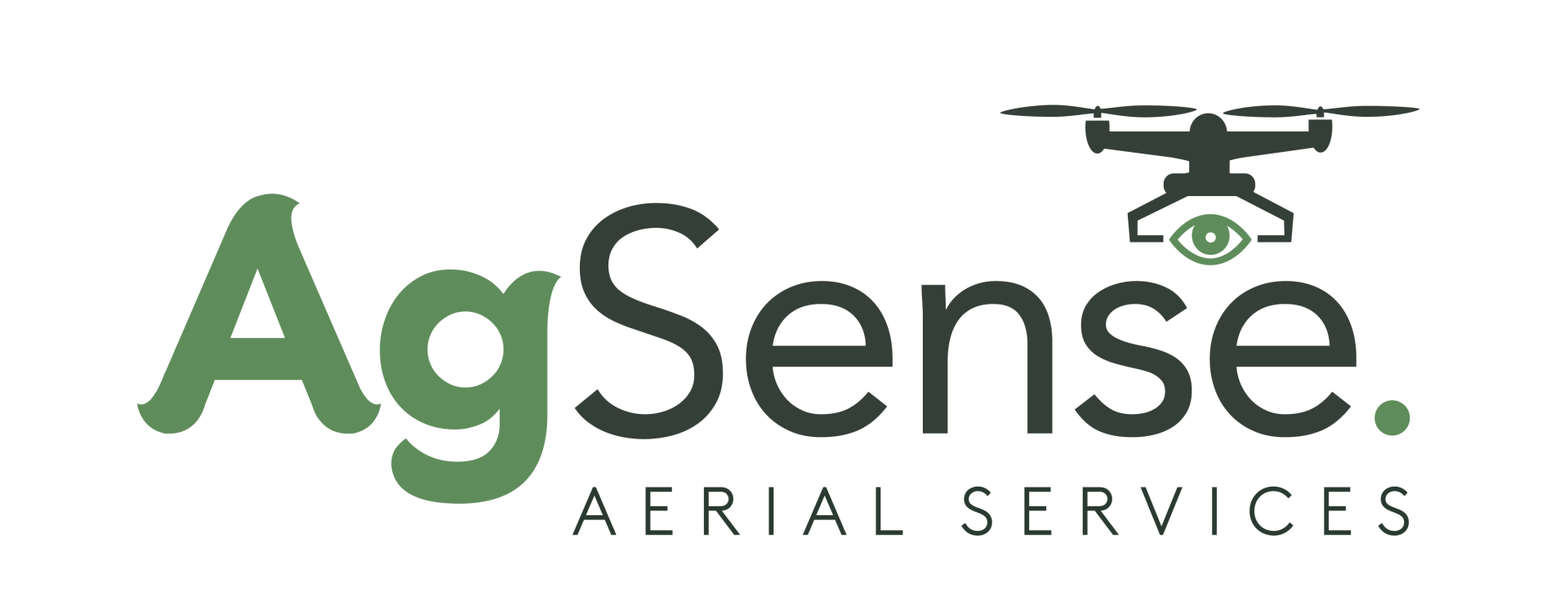COMMERCIAL
Construction | Mining | Energy
Drones are beginning to play an important role across many industries, but significantly in the construction. They have the ability to survey and monitor sites and are leading the way to making sure construction projects are delivered in a time and cost effective way.
AgSense can utilise their expertise in drone surveying, to offer the following services to our clients; earthworks, dilapidation surveys, roof inspections, site progress and stock control.
2D Maps
2D maps are used to create an accurate representation of the earth’s surface, these maps can be used to measure true distances to aid planning, construction and operation of any commercial site. With the aid of RTK positioning, these maps can be as accurate up to 2.5cm.
3D Modelling
3D models can be created for architectural design, dilapidation surveys or for just a detailed view of buildings and structures. These models can be exported out into JPEG, GeoTiff, OBJ or LAS file format for further 3D analysis.
Volumetric Measurements
From the 3D model, surface areas and volumes can be calculated to a degree of accuracy to quantify stockpiles, measure lengths and capacities of buildings and even compute volumes such as quarries and structures.
Digital Surface Model
By measuring the height of the first surface on the ground, collected data can be used to enable effective vegetation management by overlaying a Digital Surface Model (DSM) to highlight encroaching trees on to buildings, railways and power lines and see how the proposed building would affect the surrounding landscape.
Topography Survey
From data capture to processing, we can provide topographical surveys based on 2D mapping and Elevation models to create a highly accurate and scaled survey to aid architectural design using third party software such as AutoCad.
Building Surveys
With the ability to access hard to reach areas, the UAV is able to capture high quality images to establish conditions of roofs and gutters to determine if further work is required making it a much more cost effective survey than traditional methods.
Thermal Imaging
Solar panel inspections are completed with ease and efficiency, using thermal imagery to scan and detect hot spots across a large area. The heat reflected from a damaged cell can be identified easily and quickly and be repaired before any further damage is caused.



